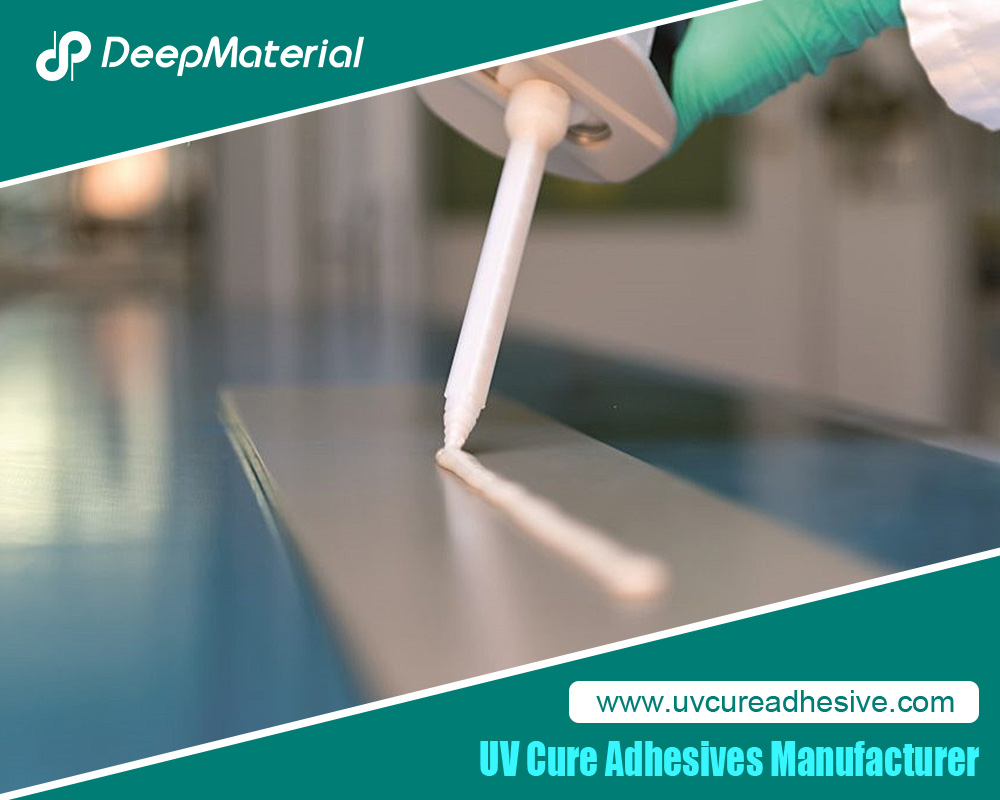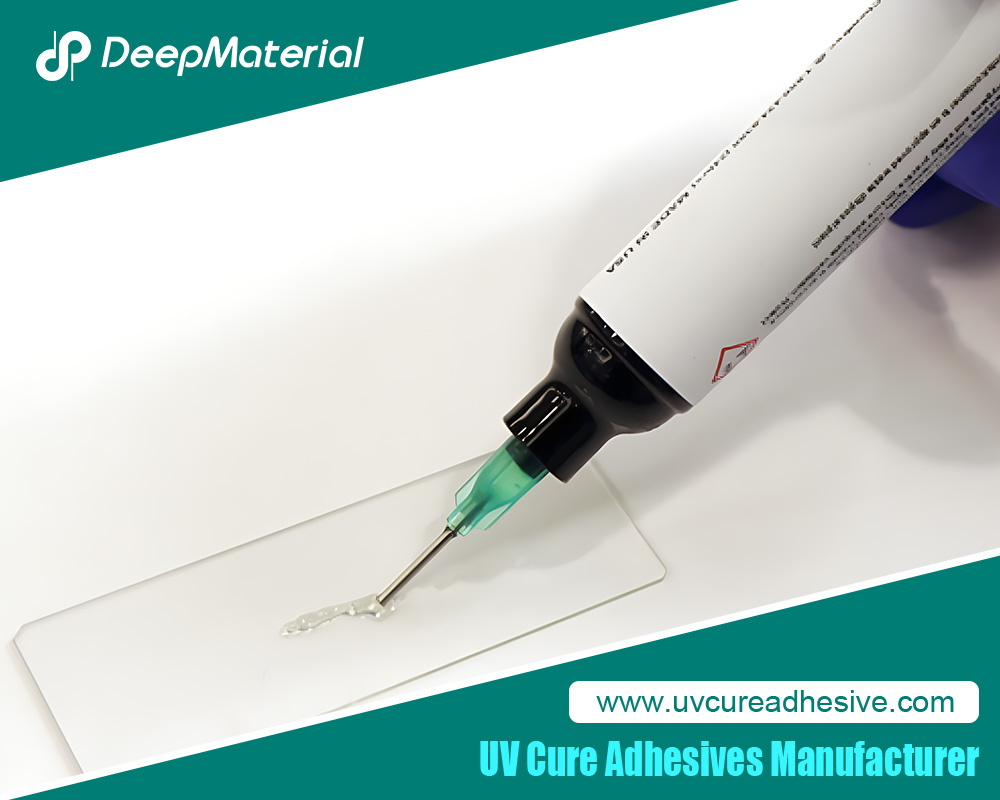Overcoming Thermal Challenges with Electronic Assembly UV Curing Adhesive
Ever wonder how your gadgets stay cool under the collar despite getting hot under the hood? A big shoutout goes to UV curing adhesives used in electronic assembly, which keep things together when the heat is on. But handling extreme temperatures is no small feat. This article dives into how UV curing adhesives are not just sticking parts together but also tackling the heat in style.
Understanding the Role of Adhesives in Electronic Assemblies
In the world of electronics, adhesives are the unsung heroes holding parts together and helping your devices stay cool and connected. Choosing the right adhesive is a big deal—it impacts everything from your gadget’s durability to its ability to perform without throwing a fit.
Adhesives in electronic assemblies play multiple roles: they keep components fixed, ensure structural stability, and help manage heat and electricity flow. But here’s the kicker: these adhesives need to handle the stress of temperature swings without breaking a sweat. That means they must be tough enough to handle expansion and contraction without turning into a gooey mess.
The quest for the perfect adhesive has sparked innovation, leading to specialized formulas that are tailored for the electronic battlefield, where heat and stress test their mettle.

Exploring the Benefits of UV Curing Adhesives
Enter UV curing adhesives, the cool kids of the adhesive world. They come with a bag of tricks that make them ideal for electronics assembly, where heat is the name of the game.
First off, these adhesives cure faster than you can say “ultraviolet,” thanks to their ability to harden up under UV light. This quick-drying feature cuts down assembly time, boosts production speed, and reduces the time your gadgets spend in the assembly line limbo.
But it’s not just about speed. UV curing adhesives are also tough cookies when it comes to handling heat. They stay strong and sticky even when temperatures climb, making them perfect for electronics that need to keep their cool. Their ability to resist thermal stress means your devices are less likely to have a meltdown, ensuring they last longer and work better.
These adhesives aren’t just strong; they’re also smart. They excel in mechanical strength, packing high tensile and shear strength, along with impact resistance. This makes them perfect for devices that need to withstand knocks, drops, and the occasional oops.
In summary, UV curing adhesives are like the superheroes of the adhesive world. They’re fast, strong, and resilient, making them perfect for keeping your electronics together, no matter the heat. So, the next time you marvel at how well your gadgets handle the heat, remember—it might just be UV curing adhesives working their magic behind the scenes!
Addressing Thermal Expansion and Contraction with UV Curing Adhesives
Thermal expansion and contraction can play havoc with electronic assemblies. As components heat up and cool down, they change size and shape, which can stress or even break critical connections. To keep gadgets reliable and performing well, tackling this thermal push-and-pull is a must.
Enter UV curing adhesives. They’re not just sticky; they’re flexible. They stretch and bend as electronic components expand and contract, preventing any cracks or gaps that could throw a wrench in the works. Plus, their ability to withstand temperature swings ensures they keep their cool, helping electronic assemblies to stay robust even in extreme conditions.
With UV curing adhesives, manufacturers can create electronics that are tough enough to handle the stress of thermal movement, boosting the reliability, performance, and lifespan of their products.
Enhancing Thermal Conductivity through UV Curing Adhesives
Keeping electronics cool is crucial. If components get too hot, they can fizzle out faster than you can say “meltdown.” Effective thermal management keeps temperatures down and performance up.
UV curing adhesives are stepping up to the plate here as well. By mixing in thermally conductive fillers or additives, these adhesives not only stick parts together but also help pull heat away from hotspots. This means heat from busy components can travel swiftly to cooler areas, where it can dissipate without causing damage.
The stability of UV curing adhesives under heat ensures that they continue to manage temperatures effectively over the lifetime of a device. This keeps things running smoothly and extends the life of electronic components, making these adhesives a hot (but cool) commodity in electronics manufacturing.
Improving Thermal Dissipation with UV Curing Adhesives
The right heat management can mean the difference between an electronic device that lasts and one that loses its cool. Effective thermal dissipation is vital, ensuring that heat moves away from sensitive components swiftly and efficiently.
UV curing adhesives are a crucial player in this field. They create solid bonds between components and heat sinks, the guardians that whisk heat away. These strong connections mean heat can travel where it needs to go—out and away—keeping components safe from the dangers of overheating.
Thanks to the resilience of UV curing adhesives, these systems stay effective even when temperatures climb, expand, or contract. So, not only do these adhesives help prevent electronic meltdowns, but they also ensure that devices can handle the heat for the long haul.
By maximizing the thermal management powers of UV curing adhesives, manufacturers can pump out devices that not only perform well under pressure but also stand the test of time, proving that sometimes, it’s the smallest details—like a bit of glue—that make the biggest difference.
Ensuring Reliable Bonding in High-Temperature Environments
Navigating the heat can be a sticky situation for electronic assemblies! With components heating up during operation, the thermal stress can really test the strength of adhesive bonds. This could lead to structural tantrums like failures and delamination.
UV curing adhesives throw a cool shade with their ability to dance in high-temperature environments. Crafted with fancy polymers and snazzy additives, these adhesives cling on tight, no matter the heat. This thermal resilience is a lifesaver in scenarios like automotive or aerospace adventures, where it gets pretty hot under the electronic hood.
The beauty of UV curing adhesives isn’t just their stickiness; they cure faster than you can say “thermal expansion,” speeding up assembly lines and keeping things chill even in the heat of the moment.
Optimizing UV Curing Processes for Thermal Management
Getting UV curing just right is key to mastering thermal management in electronic assemblies. It’s not just about slapping on some UV light; it’s about romancing the right light source, flirting with the perfect intensity, and timing the exposure just right.
Optimizing this process means playing matchmaker with the adhesive and the UV light, ensuring everything from the light’s intensity to the environmental mood setting is just perfect. This attention to detail helps the adhesive reach its full potential, making sure it’s not only strong but also thermally savvy.
And let’s not forget efficiency. A well-tuned UV curing process means less waste and more action, letting manufacturers pump out more gadgets without breaking a sweat.

Overcoming Thermal Challenges with UV Curing Adhesives
In the electronic world, managing thermal drama is as crucial as the latest tech buzz. Enter UV curing adhesives, the unsung heroes in the saga of electronic assembly. These adhesives are not just sticky; they’re tough cookies that can handle the heat.
With their ability to form quick and resilient bonds, they keep components tightly together, even when things get hot. These adhesives are like the cool cucumbers of the adhesive world, shrugging off the stresses of thermal expansion and contraction and improving heat dissipation. This means devices not only stay together but also stay cool under pressure.
In essence, UV curing adhesives are a game-changer in electronic manufacturing. They address the hot issues of thermal expansion, enhance thermal dissipation, and ensure devices can take the heat, proving that sometimes, the best solutions come in sticky packages.
For more about overcoming thermal challenges with electronic assembly UV curing adhesive, you can pay a visit to DeepMaterial at https://www.uvcureadhesive.com/ for more info.



